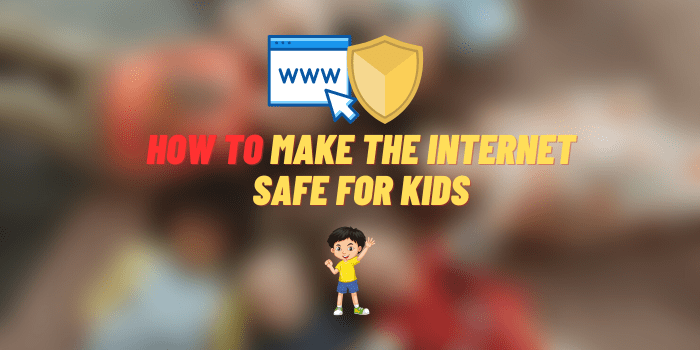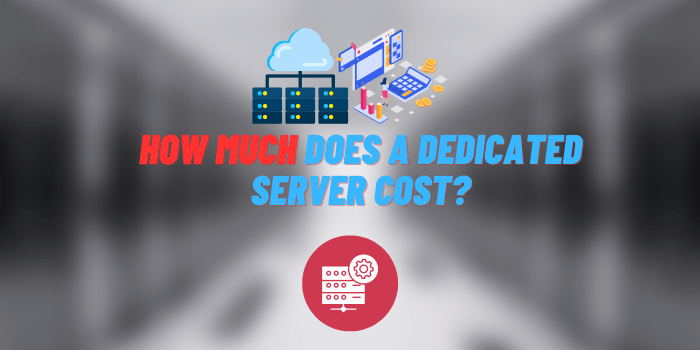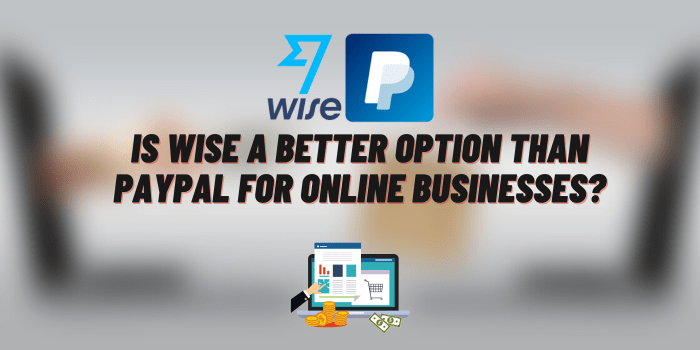How to Make the Internet Safe for Kids
In today’s digital age, the Internet plays an undeniably vital role in our everyday lives. For children, it serves as an invaluable tool for learning, communication, and entertainment. However, this vast digital landscape is not without risks. While the Internet is a treasure trove of resources, parents, educators, and caregivers must adopt strategies to ensure its safe use by children.
Understanding the Dangers

Online threats come in many forms. Cyberbullying, exposure to inappropriate content, phishing attempts, and online predators are just a few examples. These dangers can have lasting psychological and emotional impacts on children, from causing distress and anxiety to more severe consequences like identity theft or physical harm. The need for adult supervision and intervention is crucial to keep children safe in this digital playground.
Teaching Internet Safety
Encouraging an open dialogue about Internet use is a key step towards safety. Parents should regularly talk with their children about their online experiences, the sites they visit, and the friends they make. Equally important is teaching children to keep their personal information private. Names, addresses, and phone numbers should never be shared without parental consent. Furthermore, fostering critical thinking skills is essential – children should be guided to question what they see and hear online and discern fact from fiction.
Parental Controls and Monitoring Software: How to Make the Internet Safe for Kids

Parental controls and monitoring software play a vital role in making the internet safer for children. These technological tools serve as a protective measure, aiding parents in their quest to safeguard their children’s online experiences.
Parental control software refers to programs that allow parents to control the content their children can access on the internet. This software works by setting restrictions and filters to block access to inappropriate or harmful websites and content. These tools can also limit the amount of time children spend on their devices, further helping to establish a healthy balance between online and offline activities. Because according to CyberGhost guide on kids safety, there are certain potential threats that parents should protect their kids from.
Many parental control software also include features like tracking online activity, monitoring social media usage, and even pinpointing a child’s physical location using GPS.
Balancing Monitoring with Respecting Privacy
While parental control software is undoubtedly useful, it’s vital to strike a balance between monitoring children’s online activity and respecting their privacy. Over-monitoring can lead to feelings of mistrust or rebellion in children.
Engage your child in conversations about why these measures are necessary. Make them understand that the intention is not to invade their privacy but to protect them. As kids grow older and show responsibility and understanding of internet safety, parents can consider gradually loosening the control settings.
In conclusion, parental control and monitoring software are key tools in a parent’s arsenal to ensure their child’s online safety. However, they should be used wisely and ethically, and as part of a wider strategy involving education, open dialogue, and the setting of clear boundaries.
Setting Boundaries and Rules
Setting boundaries on internet use is a practical way to ensure online safety. Limits on screen time, forbidding internet use during certain hours, or only allowing access to age-appropriate websites are some possible rules. It’s crucial to clearly communicate these rules and ensure they’re consistently enforced.
Social Media and Online Gaming

Social media platforms and online games are a significant part of many children’s online lives. These platforms, while providing opportunities for connection and fun, also carry risks such as exposure to inappropriate content, cyberbullying, or even grooming. Parents should promote safe practices, like using privacy settings and not sharing personal information. It’s also beneficial for parents to familiarize themselves with their child’s preferred platforms and games to better understand potential risks.
Educating Yourself as a Parent
To effectively guide children through the digital world, parents must stay up-to-date on Internet safety and technology trends. Numerous resources are available online to learn about digital safety, ranging from guides on particular social media platforms to advice on dealing with cyberbullying. Additionally, understanding and respecting the digital world kids are growing up in helps foster trust and open dialogue.
Collaborative Approach to Internet Safety
Ensuring internet safety for kids goes beyond the household. Schools and the wider community play a critical role in this effort. Teachers can incorporate internet safety into their curriculum, equipping students with the knowledge and skills they need. Furthermore, public policies can also play a part in protecting children online, underscoring the need for collective action.
Conclusion
Understanding the online dangers, educating both children and parents, using technological aids, and fostering a collaborative approach are all critical to making the Internet safe for kids. This task is a shared responsibility – children, parents, educators, and the wider community must all play their part. In our digitally connected world, the dialogue and education on internet safety for children must continue, evolving with the ever-changing digital landscape.






